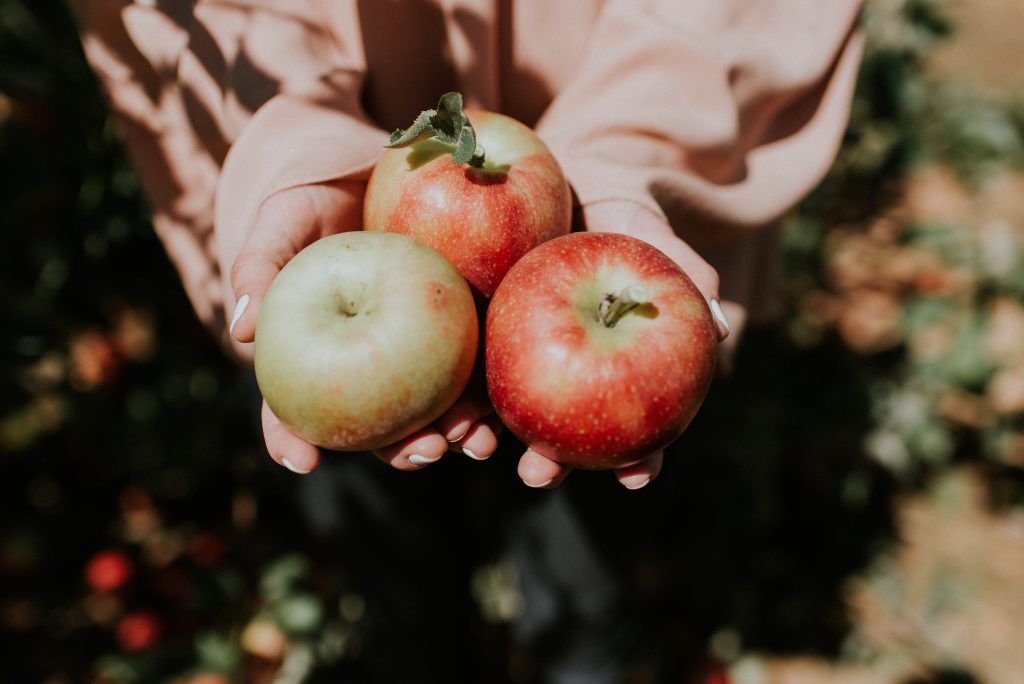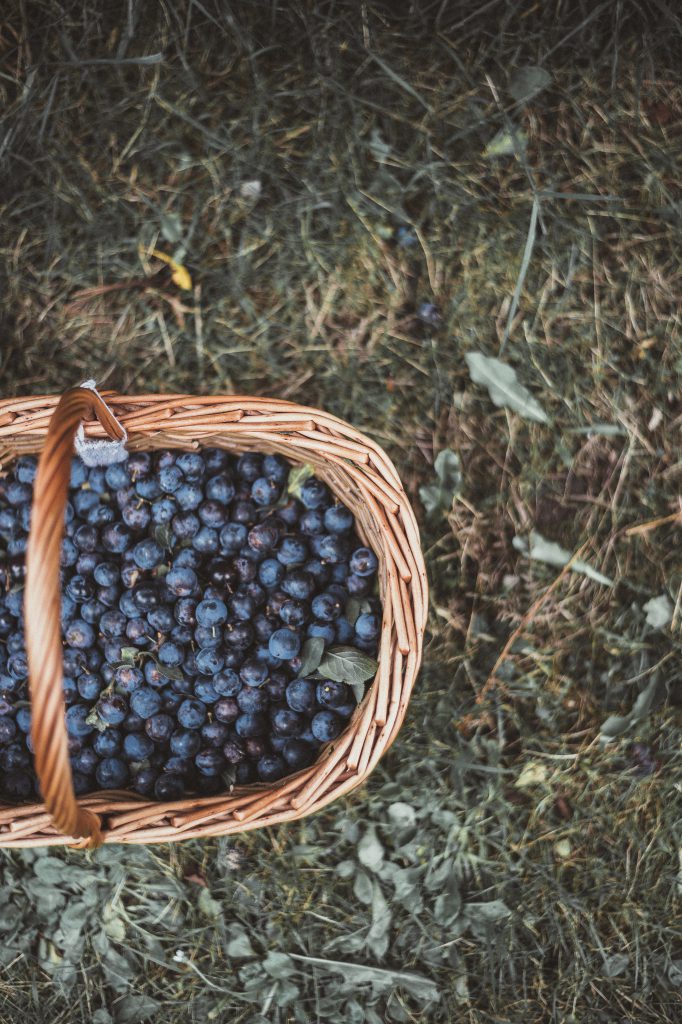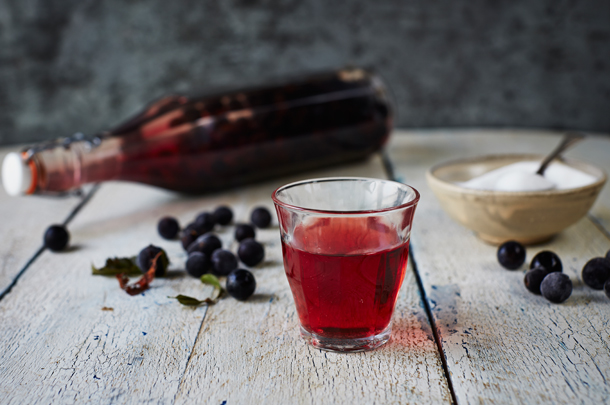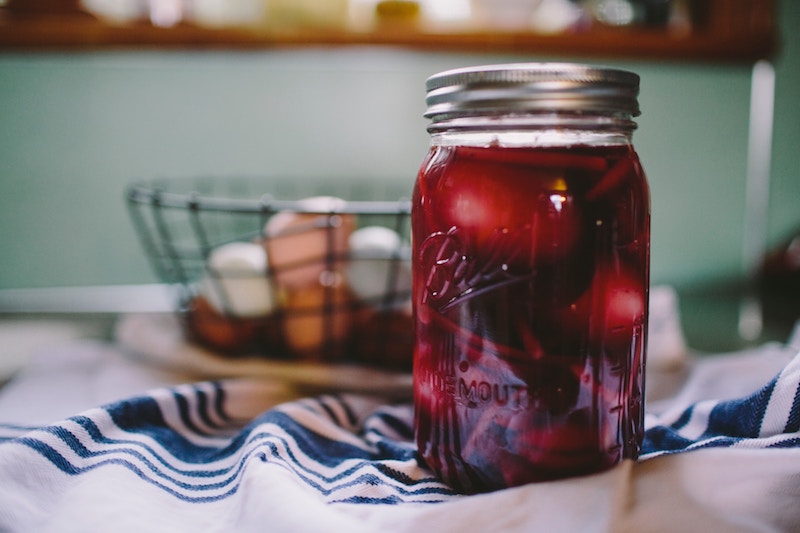Waste Not Want Not
Waste not
Want not
We have all heard about food waste, but many of us will associate food waste with food that is purchased from supermarkets or independent shops. However, there are many fruit trees around that will remain unpicked, either in people’s gardens/allotments or growing wild in hedgerows, which is also wasted food. I know I am guilty of this, I have a huge old Bramley Apple tree and three Greengage trees in my allotment that I never fully pick. This is down to not being able to reach the fruit or just not being able to store the fruit effectively before it spoils. Although lots of the soft fruits have passed this year, there are still Apples, Pears, late season Plums and Damsons left to harvest.
This year has been a particularly difficult year for soft fruit, due to the cold April where the frost damaged the skins on apples and plums. Then with the very hot weather we have had, the lack of water has meant the fruit hasn’t grown as large as it normally does at this time of year. I have again noticed this in our allotment where the apples are only half the size they were this time last year.
All soft fruit can be frozen, but how you treat it prior to freezing differs.
Plums, Damson and Gages need a wash and soak in cold water for around 20 minutes, so any little unwanted guests will float to the surface. After their soak, dry by spreading out on paper towels or tea towels then add to plastic containers or bags to freeze. Add the type of fruit, date and weight of the fruit to the container you use, that way you can make sure you use the oldest fruit first.
For Apples and Pears, I choose to prepare by skinning, coring and slicing/chopping as I want them for later. Some types of Apple can discolour very quickly so you can use a water bath with lemon juice to try and keep discolouration to a minimum. Again, once prepared add to your chosen freezer container adding name of fruit, date and weight.
For those of you who may not know what a damson is, here’s some information.
The fruits ripen late in the season which is normally around late Sept – mid October. Damsons can be enjoyed straight from the tree, although as the season is quite short much of the crop is typically preserved, be it freezing, made into jam pickled or helping flavour spirits. If you are lucky enough to have a soft fruit tree available to you here are some ideas to use the fruit so that you can enjoy later in the year.
Clare, Penylan Preserves
Nearest stockist is Foxy’s Deli or please visit my website http://penylanpreserves.co.uk/
- Add skinned, cored and chopped apples to a saucepan and add a little water just to stop them sticking to the base.
- Allow them to stew for approximately 15 minutes. Check how tart they are and then add sugar to your liking, allow it to cook for another 2-3 minutes just to make sure the sugar is fully dissolved.
- Allow to cool then add to containers to freeze.
You could add to small pots or you can freeze in ice cube tray that way you only get out what you need. The sauce can also keep in the fridge for up to a week, but because it isn’t pasteurised it won’t keep long term unless frozen. The sauce can also be used as the filling for an apple pie.
| Damson/Plum or Gage Jam |
| 1.36 kg Damsons/Plums/Gages
1.36 kg Sugar (granulated, jam sugar is not required due to the level of natural pectin in the stoned fruits) 145ml – 425ml water (145ml for ripe fruit and 425ml for less ripe fruit) |
- Add fruit and relevant water to pan and stew until skins soft; normally about 30-40 mins.
- Add sugar and stir well over low heat until dissolved.
- Bring to the boil and boil until setting point happens – start testing for setting point after 10 mins.
- To help with the setting point add a small plate to the fridge and when testing add a teaspoon of the jam to the plate and place in the fridge for 5 minutes.
- After 5 minutes push the jam and if the skin wrinkles then the setting point has been found. Turn off the jam when testing as an extra 5 minutes boiling can spoil your jam.
- As soon as the setting point is found, take off the heat and remove all the stones. If you are careful you can remove the stones with a slotted spoon when the jam is boiling. The boiling action helps the stones rise to the surface, BUT hot jam can burn!
- Add to sterile jars (how to sterilise jars can be found at the end of handout), fill half way up the neck of the jar and then seal with a lid whilst still hot.
- Store in a cool place and use within a year.
- Put all ingredients into a saucepan, bring to the boil and boil gently for 10-15 minutes.
- Take care when stirring so you don’t break the damsons up.
- Add the fruit to sterilised jars (how to sterilise jars can be found at the end of handout), fill the jar just below the neck and then fill with the liquid.
- Seal with lids whilst still warm.
- Also keep the juice as this can be used in other things.
- Store in a cool place and use within a year.
- Prick the Damsons, using a fork or cocktail stick.
- Add the Damsons to a large airtight vessel (I use a 1100ml jar and put cling film under the lid to help the seal).
- Then add the sugar and gin to the vessel.
- Add lid and shake to help dissolve the sugar. It may take a few days for all sugar to dissolve.
- Once most of the sugar is dissolved place in a dark cool place.
- Shake every other week, if you can remember.
- After around 3 months sieve through a fine sieve or add a piece of muslin to a larger holed sieve.
- Bottle the liquor and have over ice or add to prosecco or champagne.
- If you manage to keep any for a year the gin will be smoother.
- Wash in hot soapy water and rinse to ensure all bubbles removed and place on a baking tray the right way up and then into an oven 50-100 degrees C, to dry and sterilise.
- I normally use 100 degrees C and leave in for at least 15 minutes minimum. If the jam is taking longer to set than initially thought, I usually turn the oven off after 20 mins but leave the jars in the oven until required.
- With lids I add to a saucepan or jug and add boiling water to them again leaving until required. When required I lie top down on a paper towel, and pat, so most of water is removed before adding to the jar.









